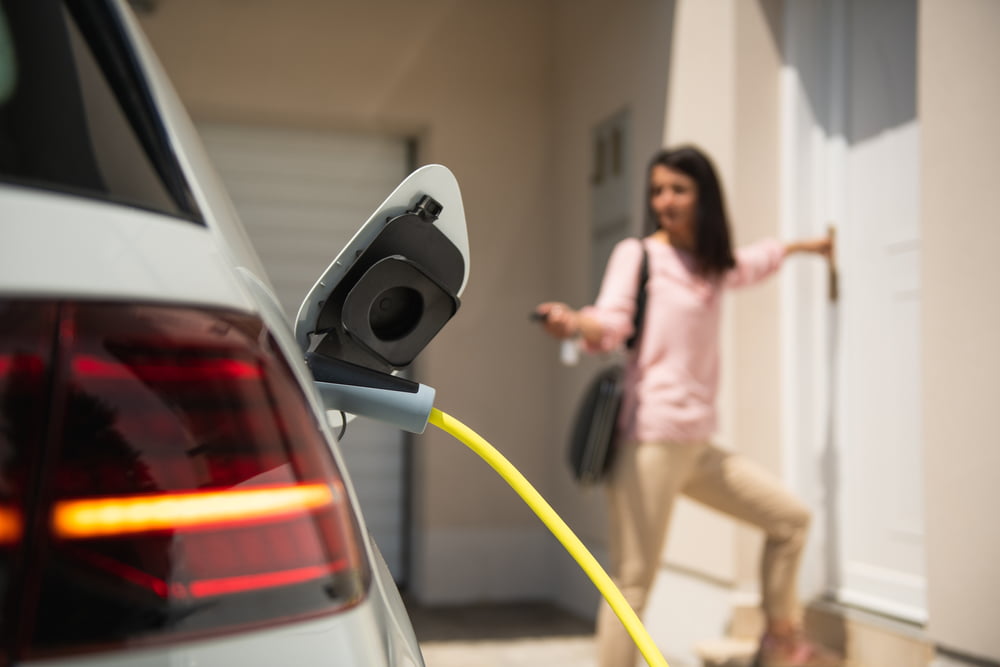The electric car is becoming increasingly attractive to consumers. The total number of fully electric cars on Dutch roads rose from more than 145.000 in 2020 to 216.000 in 2021. At the same time, electric driving is still a long way off for a large group of Dutch people. The high purchase price is still the biggest stumbling block.
In addition, approximately 62% of private individuals currently find the supply on the second-hand market too limited. In order to get the whole of the Netherlands on board, it is very important that the purchase subsidy for electric cars is maintained. This is evident from the Electric Driving Monitor which the ANWB presents today for the fifth time.
A significant group of private individuals made the switch to an electric car last year. This is mainly due to the purchase subsidy for both new and used electric cars. In addition, the range of affordable new models has increased and the range has greatly improved in recent years. The total running costs of an average electric car are now lower than that of an average petrol car. An important turning point has thus been reached.
Especially people with their own driveway or parking space (41%) find electric driving an interesting option. They are less bothered by a limited public charging infrastructure and can charge cheaper at home. If they also have their own solar panels, the switch to an electric car becomes even more attractive because they can then charge with their own electricity.
The main reasons for consumers to buy an electric car:
51% for the environment
32% never refuel again
32% economical to use
24% good driving characteristics
23% prepared for the future
23% driving on own energy
Although the willingness to buy has increased over the past five years, the total share of electric vehicles in the Dutch vehicle fleet is still very limited. Of the 8.8 million cars driving around in our country, only 216.000 are fully electric. Much remains to be done to achieve the political objectives. However, for many Dutch people the high purchase price of a new electric car is still a barrier. The second-hand drivers among them also find the range of electric cars on the second-hand market still too limited. They are waiting for the vehicles that are now being purchased new and that will be available as affordable used cars from 2025.
The main reasons for consumers not to buy an electric car:
51% too expensive to buy
31% current car does not yet need to be replaced
29% range insufficient
27% too few public charging stations
26% quality/ battery life
21% no possibility to recharge
On the road to zero emissions by 2050, the government wants all newly sold passenger cars to be electrically powered by 2030. In order to accelerate this transition, the large group of Dutch people for whom electric driving is currently unfeasible, will have to be persuaded. According to the ANWB, in order to achieve this, it is necessary to create a large second-hand market for affordable electric cars. That is why the ANWB believes that the purchase subsidy should be maintained and expanded in the coming years. Only with a sufficient influx of affordable electric cars can a mature second-hand market emerge in 3 to 4 years. In addition, electric driving should also have tax benefits in the future. It is also important to further expand the charging infrastructure.
The ANWB believes that in the future car mobility should be safe, clean, efficient, affordable and accessible to everyone. Electric driving is an indispensable link in this, which is why the ANWB will continue to work for this as a social organization in all kinds of ways.


